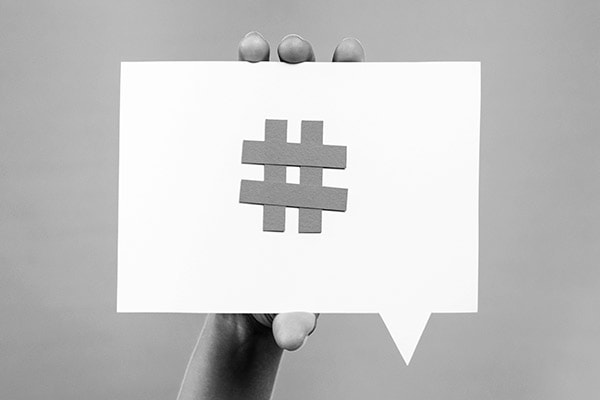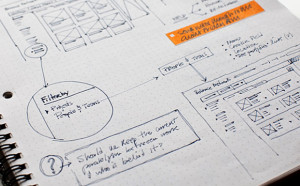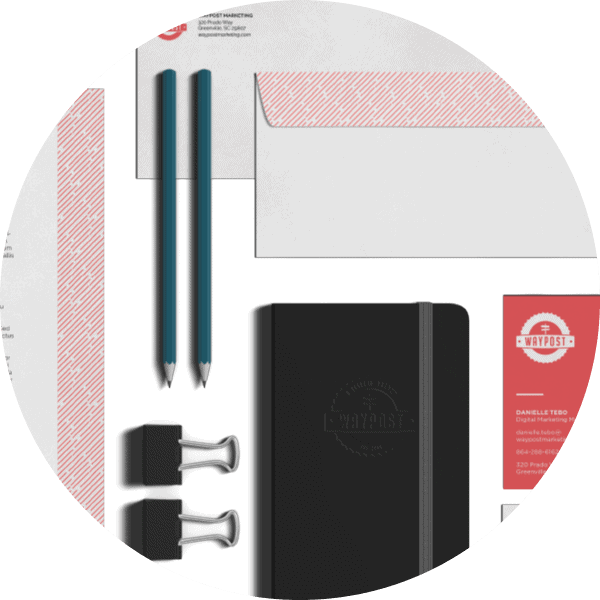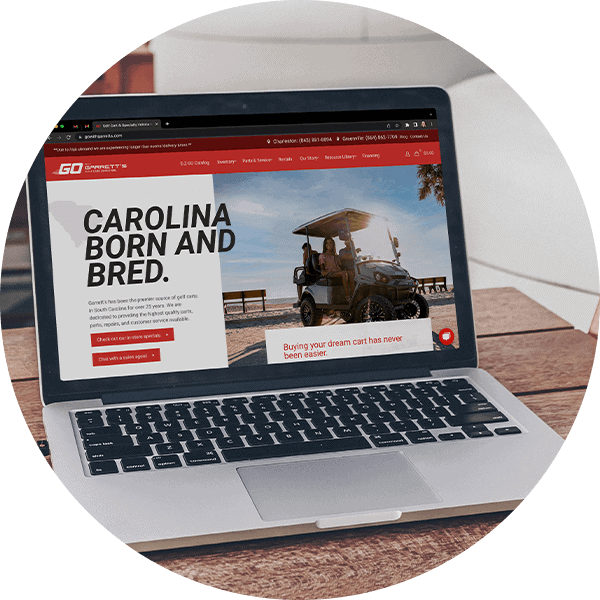
What Does A #Hashtag Mean In Social Media?
January 29, 2015
Where does SEO fit in Inbound Marketing?
February 13, 2015 The planning stage of a new design doesn’t end with research. Research answers the “who” and “what” questions, but not the “how” questions. The next tool in the true UX designer’s tool belt is most commonly referred to as prototyping (or wireframing). In a nutshell, prototyping involves taking all of those funnels, forms, and CTAs, organizing them in a way that makes everybody happy, and defining specific functionality before you start design – and it can be as simple or complex as you want it to be. This is where true UX designers stand above the rest and where we could all stand to improve.
The planning stage of a new design doesn’t end with research. Research answers the “who” and “what” questions, but not the “how” questions. The next tool in the true UX designer’s tool belt is most commonly referred to as prototyping (or wireframing). In a nutshell, prototyping involves taking all of those funnels, forms, and CTAs, organizing them in a way that makes everybody happy, and defining specific functionality before you start design – and it can be as simple or complex as you want it to be. This is where true UX designers stand above the rest and where we could all stand to improve.
In the future I will dedicate whole posts to prototyping. I will break down my own practice and offer suggestions for designers who don’t prototype. And speaking of designers who don’t prototype, here are a few reasons why you might consider incorporating some amount of prototyping into your design process. This list comes out of my own experience as a non-prototyper who ultimately saw the light and converted:
Prototyping allows you the greatest amount of understanding of the entire project.
You can’t just think about home pages, landing pages, and sub pages as general layouts anymore. You have to understand each individual page of content as it relates to the goal, funnel, or strategy at large. You have to identify key pages of content and pay attention to what is happening on that page. Prototyping pays dividends when you, as the designer, stop thinking skin deep.
Prototyping saves time and money.
How exactly does an extra step, one that can and should take hours or even days, save time and money? By reducing the likelihood of revision and increasing the ROI. The extra cost for extensive prototyping is a hard sell for most penny-pinching clients, but the reality is that a good UX design is almost guaranteed to increase conversion rates sitewide, as well as result in happier customers, lower customer support costs, and more positive brand recognition. And regardless of whether or not you end up selling that client, you make your own job that much easier by starting with a good prototype.
Prototyping grows you into a more patient and thoughtful designer.
This one is less practical and more idealistic, but prototyping can mature you as a thinking designer. Leave the gut decisions to the students and interns. Have a good reason for doing everything that you do. Your client will appreciate it more than anyone else, and you will achieve a level of consistency in your design reserved for top dogs and high-demand experts.








